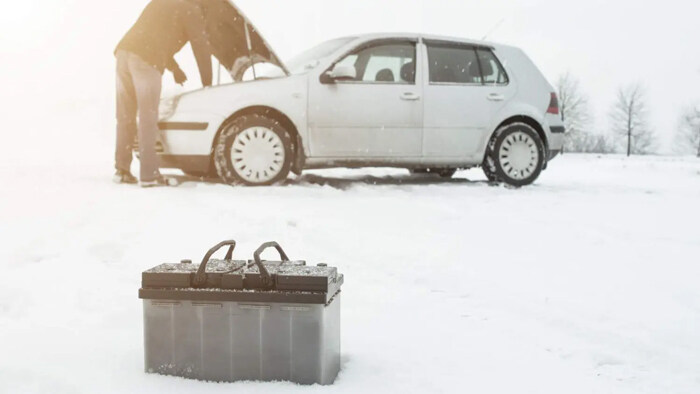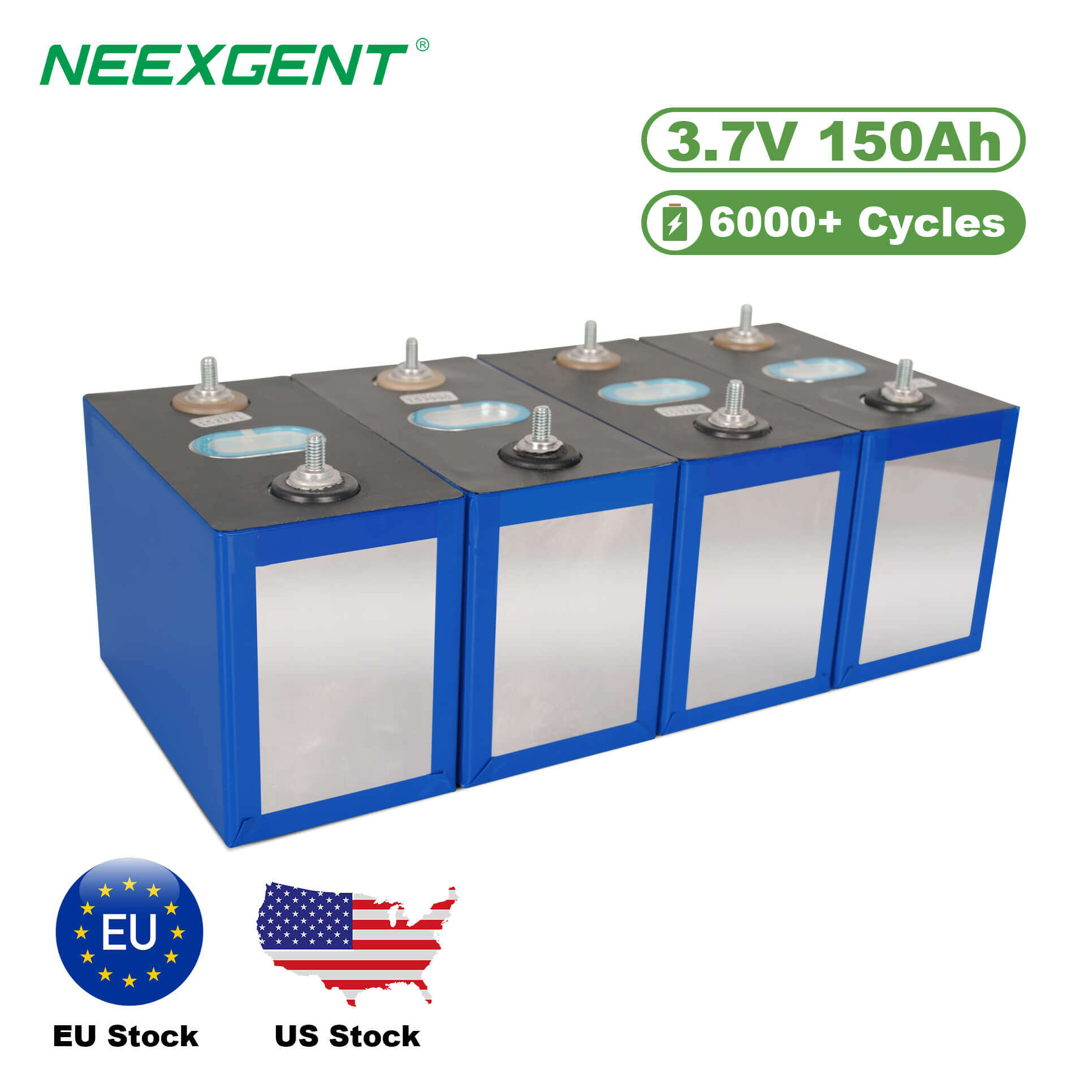Contents:
Cold Cranking Amps (CCA) is an important measurement when selecting a vehicle battery, especially for regions with cold weather. It refers to the number of amps a battery can provide at 0°F (-18°C) for 30 seconds while maintaining a voltage of 7.2 volts or higher. This rating is crucial for understanding a battery's ability to start a vehicle in freezing conditions, ensuring that your car starts when you need it most.

Understanding Cold Cranking Amps
Cold Cranking Amps measures how much current a battery can deliver to start an engine in cold temperatures. Batteries lose their efficiency when temperatures drop, so CCA provides a clear picture of a battery’s ability to function in low conditions. The higher the CCA, the more power the battery can deliver to start the engine under freezing temperatures.
For example, in regions where winter temperatures often fall below freezing, a battery with a higher CCA rating ensures that your vehicle will start without issue. If the CCA is too low, the battery may struggle to provide the necessary power, leading to starting difficulties, especially during extreme cold.
Why CCA Matters for Your Vehicle
Cold weather reduces a battery’s ability to perform, which makes CCA a vital rating. At temperatures of 0°F (-18°C) and below, the chemical reactions inside a lead-acid battery slow down, making it harder for the battery to generate the energy needed to start an engine. When this happens, the battery struggles to deliver the required cranking power.
Without sufficient CCA, a vehicle may fail to start, causing inconvenience and potential damage to the engine over time. This is why, particularly in colder climates, choosing a battery with an adequate CCA rating is essential.
Factors Influencing Cold Cranking Amps
There are several factors that impact the CCA rating of a battery. These include the type of battery, its age, the size of the battery, and the external environmental conditions.
1. Battery Chemistry
Different battery types have varying abilities to perform in cold weather. Traditional lead-acid batteries, commonly used in vehicles, generally have lower CCA ratings compared to more advanced battery types like lithium-ion batteries. Lead-acid batteries, however, are still widely used due to their affordability and availability.
2. Battery Age
Over time, all batteries degrade. As a battery ages, its ability to generate the necessary power diminishes, which affects its CCA rating. Older batteries may struggle to provide the required amps during startup, especially in cold weather. Regularly replacing old batteries is key to ensuring your vehicle performs reliably during winter months.
3. Battery Size
Battery size also affects the CCA rating. Larger batteries can generally provide more cranking power due to their higher energy storage capacity. However, it’s important to select a battery that fits the specifications of your vehicle. A larger battery may not always be necessary, and installing a battery that is too big can be wasteful.
4. Temperature
Temperature is one of the most critical factors affecting battery performance. As temperatures decrease, a battery’s internal resistance increases, making it harder to start the engine. A battery with a higher CCA rating is necessary to ensure it provides enough power when temperatures plummet. In regions that experience extreme cold, it’s recommended to choose a battery with a higher CCA to ensure reliable starting performance.
5. Battery Maintenance
Regular maintenance ensures that the battery maintains its performance. Corrosion on battery terminals or low charge levels can reduce its ability to deliver high CCA. Keeping the battery clean, checking its charge level, and ensuring that it is securely installed can all help maintain its cold-weather performance.

How Temperature Affects Cold Cranking Amps
Temperature plays a significant role in the performance of a battery, especially when it comes to Cold Cranking Amps (CCA). As temperatures drop, the chemical reactions inside the battery slow down, reducing its ability to generate power. This decrease in efficiency makes it harder for the battery to start the engine in cold conditions. Understanding this relationship is crucial for selecting the right battery for cold weather.
CCA Performance at Different Temperatures
The chart below demonstrates how the Cold Cranking Amps (CCA) of a typical vehicle battery varies as the temperature decreases. It shows that as the temperature drops, the battery's ability to generate power also diminishes, making it harder for the vehicle to start in cold weather.
How to Choose the Right Battery Based on CCA
When selecting a battery for your vehicle, it is essential to choose one with an adequate CCA rating for your climate and driving conditions. Here are some guidelines to help you make the best choice:
1. Refer to the Vehicle Manual
Your vehicle’s manual will often specify the recommended CCA for the battery. This should be your starting point when selecting a new battery. It’s important to choose a battery that meets or exceeds the recommended CCA value to ensure reliable performance, especially in cold weather.
2. Consider Your Climate
If you live in a colder climate where temperatures regularly drop below freezing, selecting a battery with a higher CCA rating is essential. In warmer climates, a lower CCA may suffice, as the battery will not need to work as hard to start the engine.
3. Don’t Overestimate CCA
While a higher CCA rating can be beneficial, it’s important not to overestimate your needs. A battery with an excessively high CCA rating may not provide any additional benefits for most vehicles. Focus on finding the right balance between cost and CCA that suits your vehicle and location.
4. Battery Warranty and Quality
Always consider the warranty and the overall quality of the battery when making your choice. A reliable brand with a solid warranty can provide peace of mind, particularly if you encounter any issues with battery performance. Invest in a high-quality battery that offers good CCA and a robust warranty for long-term performance.
Conclusion
Cold Cranking Amps (CCA) is a critical measure of a vehicle battery’s ability to perform in cold weather. Understanding CCA and how it impacts your vehicle’s ability to start in freezing temperatures is essential for choosing the right battery. When selecting a battery, consider factors such as the vehicle’s manual recommendation, the climate you live in, and the battery’s age and size.
By choosing a battery with the right CCA rating, you can ensure your vehicle starts reliably even in the harshest winter conditions. Regular maintenance and timely battery replacement also play a crucial role in ensuring the longevity and performance of your battery, keeping your vehicle running smoothly year-round.







